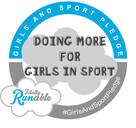-
Home
-
OUR CURRICULUM
- Special Educational Needs & Disability School Offer
- Curriculum Outline and Rationale
- Curriculum Leaders
- Statutory Assessments
- Core Subjects >
- Foundation Subjects >
- Online Safety >
- Mrs Fitchett's Art Blog
- Mr Smith's Sporting Information
- British Values
- SMSC at Park Street
- Personal Learning And Thinking Skills
-
Team Groups
-
Parents
- Kids Zone
- Statutory Information
|
This week we have been learning about what it is like at the seaside. We listened carefully to “What the Ladybird Heard at the Seaside”. We learnt why it is called the seaside, names of different seaside towns and we discussed different activities that we can do at the seaside. The children enjoyed watching “Barnaby Bear goes to the Seaside” and they learnt about which colour flag means it is safe to swim in the sea and what to do if someone is in danger in the sea. We have also found out about seaside holidays in the past. We have learnt the following Makaton signs: seaside, bucket, spade, sandcastle, towel, hat, sun cream, boat, seagull, umbrella and fish and chips! Can your child show you how to sign any of them? In provision we have been drawing and writing pictures about what we can see at the seaside. In the creative area we have been making seaside collages using a variety of materials such as sand, tissue paper, cotton wool and card – they look amazing! Our funky finger activity this week was to tear or cut up tissue paper and stick onto the outline of a beach ball – these have loved fantastic as we have taken such great care whilst making them. In the maths area we have been practising our counting to 20 and beyond by filling in the missing numbers. We have also had lots of fun in our outdoor learning environment exploring in the sand and using the bricks to make our very own McDonald's! In Literacy, Y1 children have finished drafting their letters to their new class teacher. We then used purple pen to edit their writing before copying it up using their best handwriting. We then popped all the
letters into an envelope addressed it to Miss Fury and delivered it to her! In Maths, Y1 children have been consolidating previous learning on identifying pairs of numbers that equal ten and partitioning numbers 7 and 9 in different ways. Reception children have been comparing mass using balance scales and have used the following language related to weight: heavy, light, heavier, lighter, heaviest, lightest. We have compared length using cubes to measure how long/tall an object is and have used language related to length: long, longer, longest, short, shorter, shortest. We have learnt that we must start at the end of an object to measure. Finally, Reception children have been introduced to capacity and know that capacity is how much liquid a container can hold. We have used the language “full”, “nearly full”, “nearly empty” and “empty”.
0 Comments
Leave a Reply. |
AuthorWrite something about yourself. No need to be fancy, just an overview. Archives
July 2023
Categories |
Location |
Contact UsMailing address:
Wombwell Park Street Primary School, Park Street, Barnsley, S73 0HS Telephone: 01226 752029 Email: parkstreet@ecmtrust.co.uk General Enquiries: Our Admin Team will be happy to assist you with any enquiries and direct you to the relevant staff as necessary. Our Leadership team will always be happy to help, as will our Parent Support Advisor Mrs Carol Mason. If you require a paper copy of any of the information found on our website we will be happy to provide you with this free of charge upon request, Please contact a member of our office staff who will be more than willing to help. ECM Trust: http://www.ecmtrust.org/index.html |
-
Home
-
OUR CURRICULUM
- Special Educational Needs & Disability School Offer
- Curriculum Outline and Rationale
- Curriculum Leaders
- Statutory Assessments
- Core Subjects >
- Foundation Subjects >
- Online Safety >
- Mrs Fitchett's Art Blog
- Mr Smith's Sporting Information
- British Values
- SMSC at Park Street
- Personal Learning And Thinking Skills
-
Team Groups
-
Parents
- Kids Zone
- Statutory Information


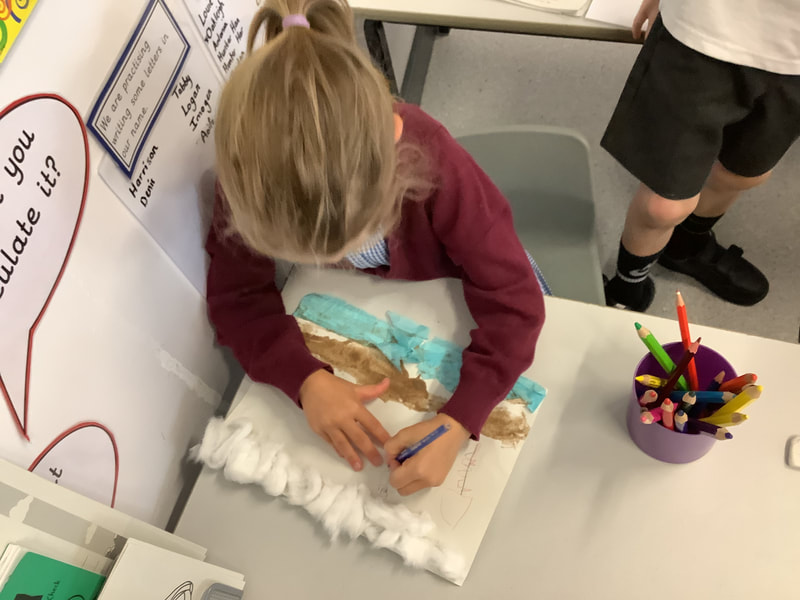

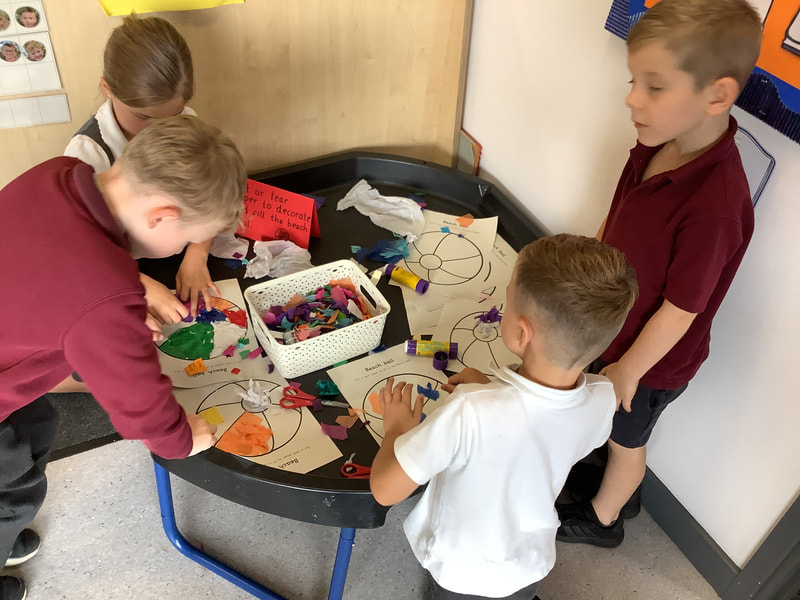
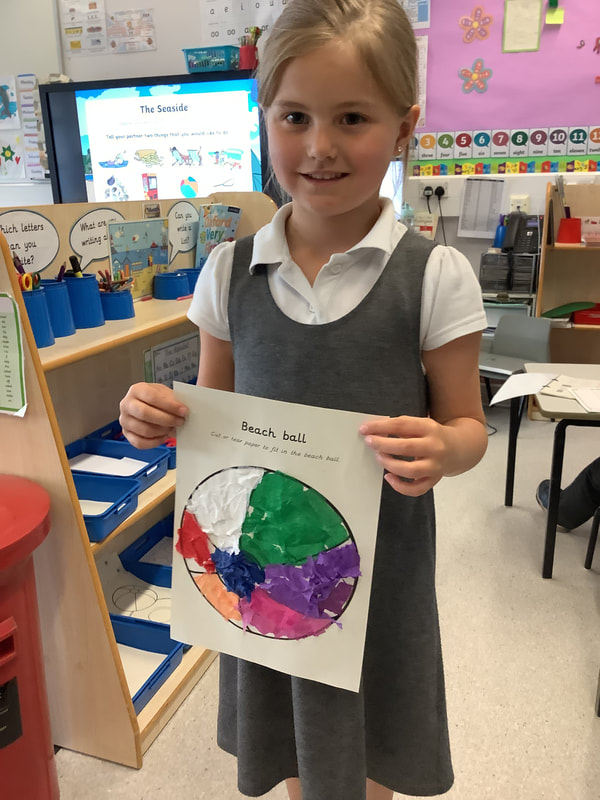


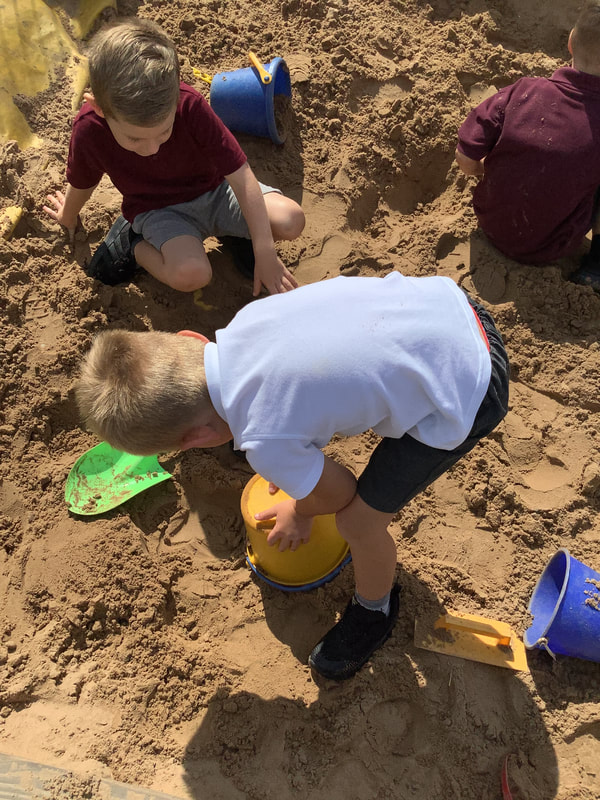
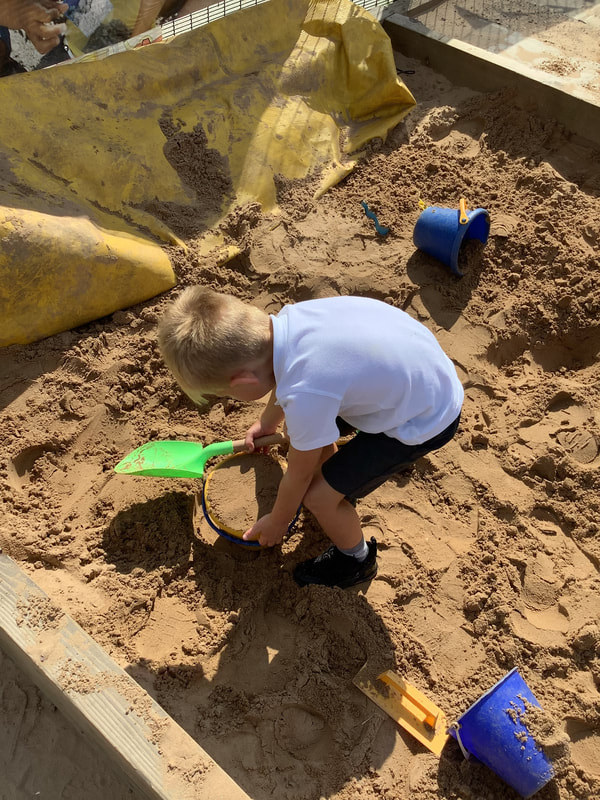



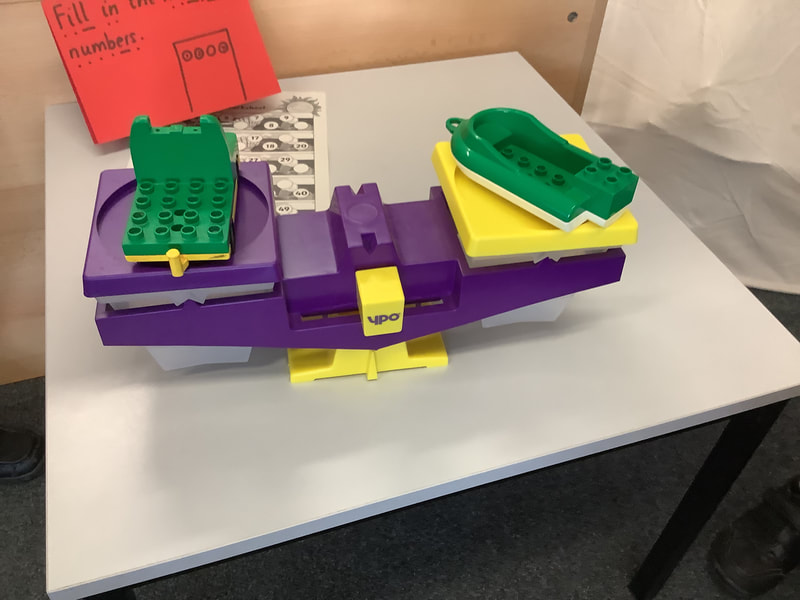
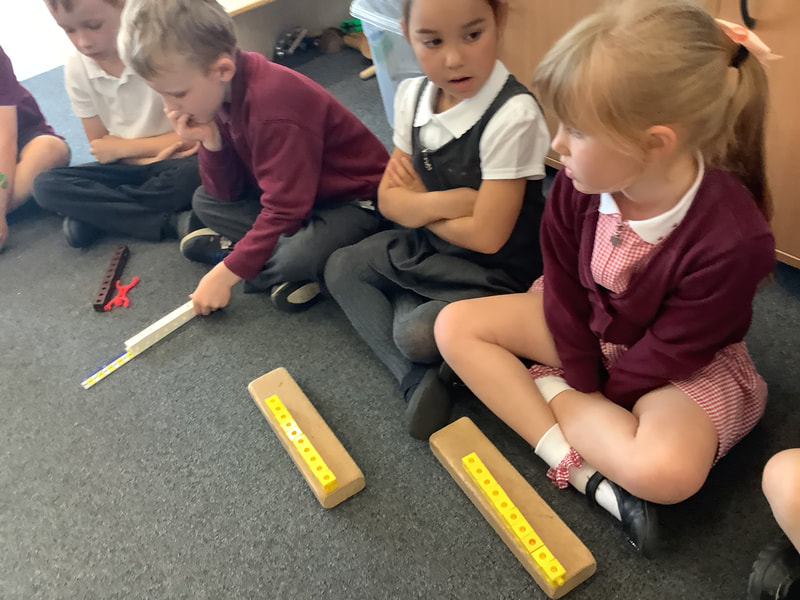

 RSS Feed
RSS Feed

